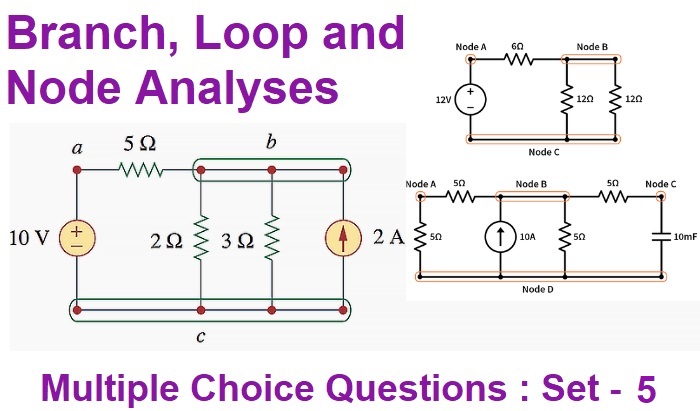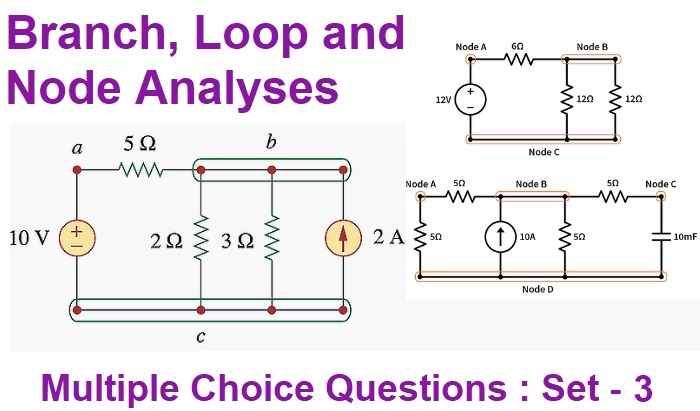Voltage and Current Source Conversion
Voltage and Current Source Conversion
A given voltage source with a series resistance can be converted into (or replaced by) and equivalent current source with a parallel resistance. Conversely, a current source with a parallel resistance can be converted into a voltage source with a series resistance. Suppose, we want to convert the voltage source of Figure (a) into an equivalent current source.

First, we will find the value of current supplied by the source when a ‘short’ is put across in terminals A and B as shown in Figure (b). This current is I = V/R.
A current source supplying this current I and having the same resistance R connected in parallel with it represents the equivalent source.

It is shown in Figure (c). Similarly, a current source of I and a parallel resistance R can be converted into a voltage source of voltage V = IR and a resistance
R in series with it. It should be kept in mind that a voltage source-series resistance combination is equivalent to (or replaceable by) a current source-parallel resistance combination if, and only if their
1. respective open-circuit voltages are equal, and
2. respective short-circuit currents are equal.

For example, in Figure (a), voltage across terminals A and B when they are open (i.e. open circuit voltage VOC) is V itself because there is no drop across R. Short-circuit current across AB = I = V/R.
Now, take the circuit of Figure (c). The open-circuit voltage across AB = drop across R = IR = V. If a short is placed across AB, whole of I passes through it because R is completely shorted out.
Read article – Units of Resistivity
Visit NCERTplanet.com for NCERT solutions and Textbook downloads



